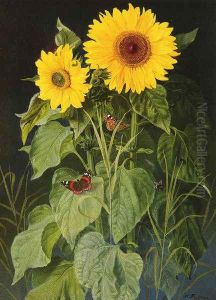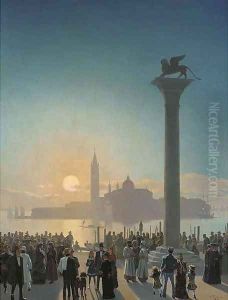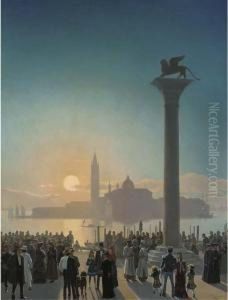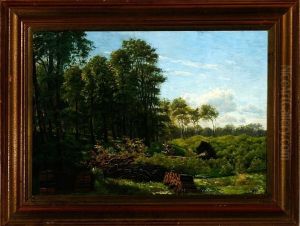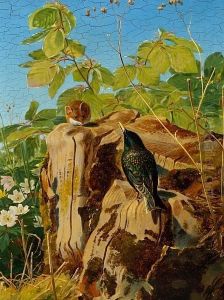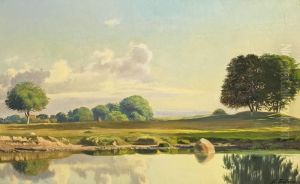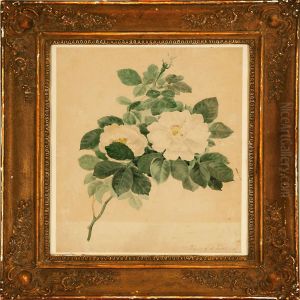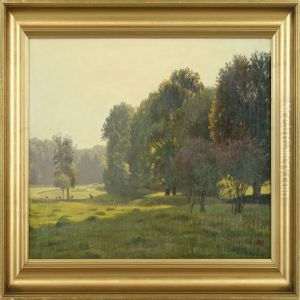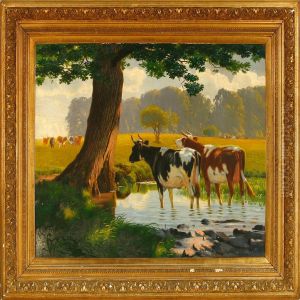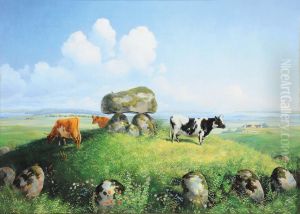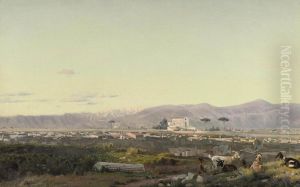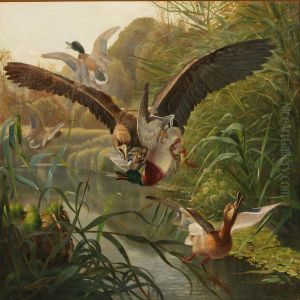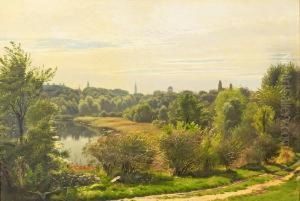Niels Fristrup Paintings
Niels Simonsen Fristrup was a Danish painter born on April 10, 1826, in Copenhagen, Denmark. Fristrup's artistic journey began at a young age, showing an early interest in the arts. He pursued his passion for painting by studying at the Royal Danish Academy of Fine Arts, where he honed his skills and was heavily influenced by the Danish Golden Age, a period of exceptional creativity and achievement in Denmark during the first half of the 19th century.
Fristrup's body of work primarily includes landscapes and genre paintings. His landscapes often depict the Danish countryside and rural settings, imbued with a tranquil and idyllic quality that reflects his appreciation for nature and the Danish landscape. These works are characterized by their detailed depiction of nature and the serene atmosphere they evoke. Fristrup's genre paintings, on the other hand, capture scenes of everyday life, offering a glimpse into the customs and lifestyles of his time. These paintings are notable for their narrative quality and the way they convey the simplicity and beauty of ordinary moments.
Throughout his career, Fristrup exhibited his work at various venues, including the Charlottenborg Spring Exhibition, an important venue for contemporary Danish artists. Despite facing competition from his contemporaries and the changing tastes in art over the years, Fristrup maintained a steadfast dedication to his artistic vision, which was rooted in the traditions of the Danish Golden Age.
Fristrup's contribution to Danish art is recognized for its portrayal of the Danish landscape and rural life, capturing the essence of the country's natural beauty and cultural heritage. His work remains a testament to the enduring appeal of the Danish Golden Age and its influence on subsequent generations of artists.
Niels Fristrup passed away on February 14, 1909, leaving behind a legacy that continues to be celebrated in Danish art history. His paintings are preserved in various art museums in Denmark, where they continue to be admired for their historical value and artistic merit.
